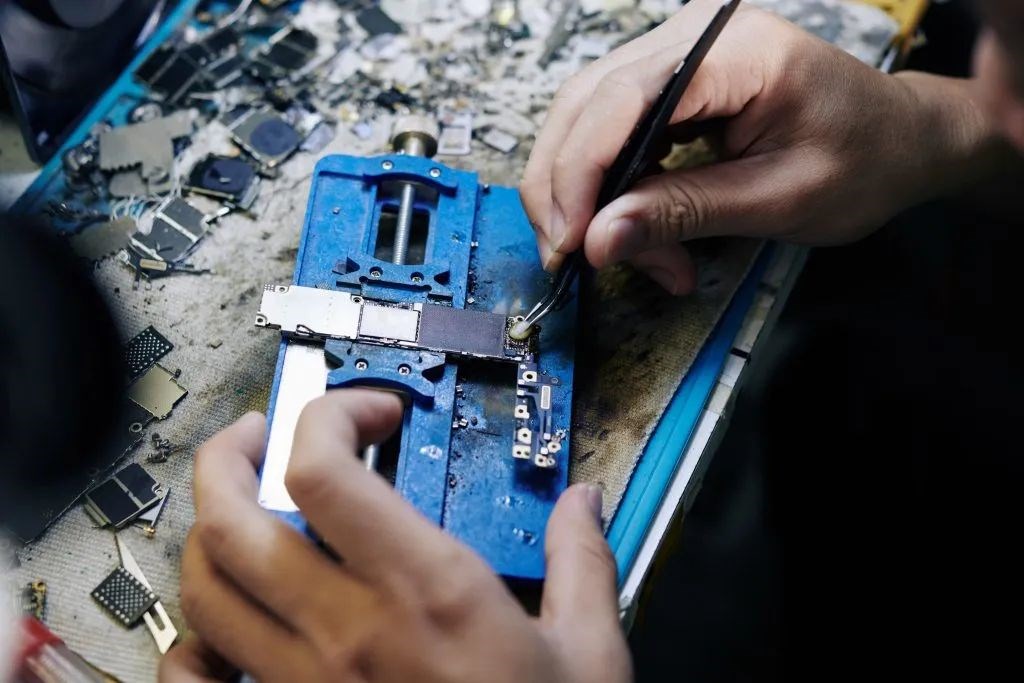How do you use solder paste with soldering iron?
Published date: 24 November 2021

The most common way of soldering electrical components on a circuit board is by using an oven. This process is known as reflow soldering. However, you can use a soldering iron and solder paste to achieve the same results.
What is solder paste?
Solder paste is used in the manufacturing of PCBs. It is a viscous semi-solid, composed of sticky flux and metal particles. Solder paste works as an adhesive, connecting surface components to pads on the board. It also provides electrical and thermal connection.
Using solder paste eliminates the need for solder wire. This is because the paste has tiny spheres of solder suspended in the flux itself. Solder paste is available in both lead and lead-free versions.
Solder paste needs a storage temperature of 0° C – 10° C. It should never be stored at room temperature. The paste should be kept in a sealed container. Contact with air could dry the paste and decrease its performance.
How to apply solder paste with a soldering iron
Before starting, you need to select the essential tools for the task: soldering paste and iron.
Soldering paste can vary in hardness and melt at different temperatures. Pastes are designated as “hard”, “medium”, and “easy”. A soldering iron with a built-in temperature controller is preferable. You will also need tweezers to pick up and position small components on the PCB.
- Prepare the paste and the board: For best performance, keep the paste at room temperature for 3 – 4 hours before use. Then, mix the paste using a spatula for about a minute. This will make its consistence uniform.
Make sure to clean the PCB from any contaminants. A dirty surface might hinder the soldering process. - Apply solder paste: Put some paste on the tip of your iron. Then spread the paste on the pads of the PCB. Be careful during application. Excess paste can cause short-circuits. Too little may impede electrical conductivity.
Pick up the components using tweezers. Place them on top of the paste. - Heat the solder: Hold the part on top of the pads using the tweezers and heat the pad using the soldering iron. Apply heat on the joints in a circular motion. The iron will melt the paste. The flux will burn off.
Make sure that the heat completely melts the solder and the component contacts. This will fuse them together. - Allow it to cool off: After cooling, the solder will solidify and form a solid bond. Clean off the PCB and remove any residues of solder paste or flux. You can get rid of the residue by using a small brush dipped in isopropyl alcohol.
Conro Electronics offers a wide choice of solder paste and soldering tools from major manufacturers such as Indium and Metcal.
We’ll show you how to improve product reliability while increasing performance and lowering costs. Our team of technical support specialists will provide your company with dependable global supply, unrivalled efficiency, and superior technical support.
Feel free to contact us on 0208 953 1211 or send us an email to info@conro.com




Comments
There are currently no comments, be the first to comment.